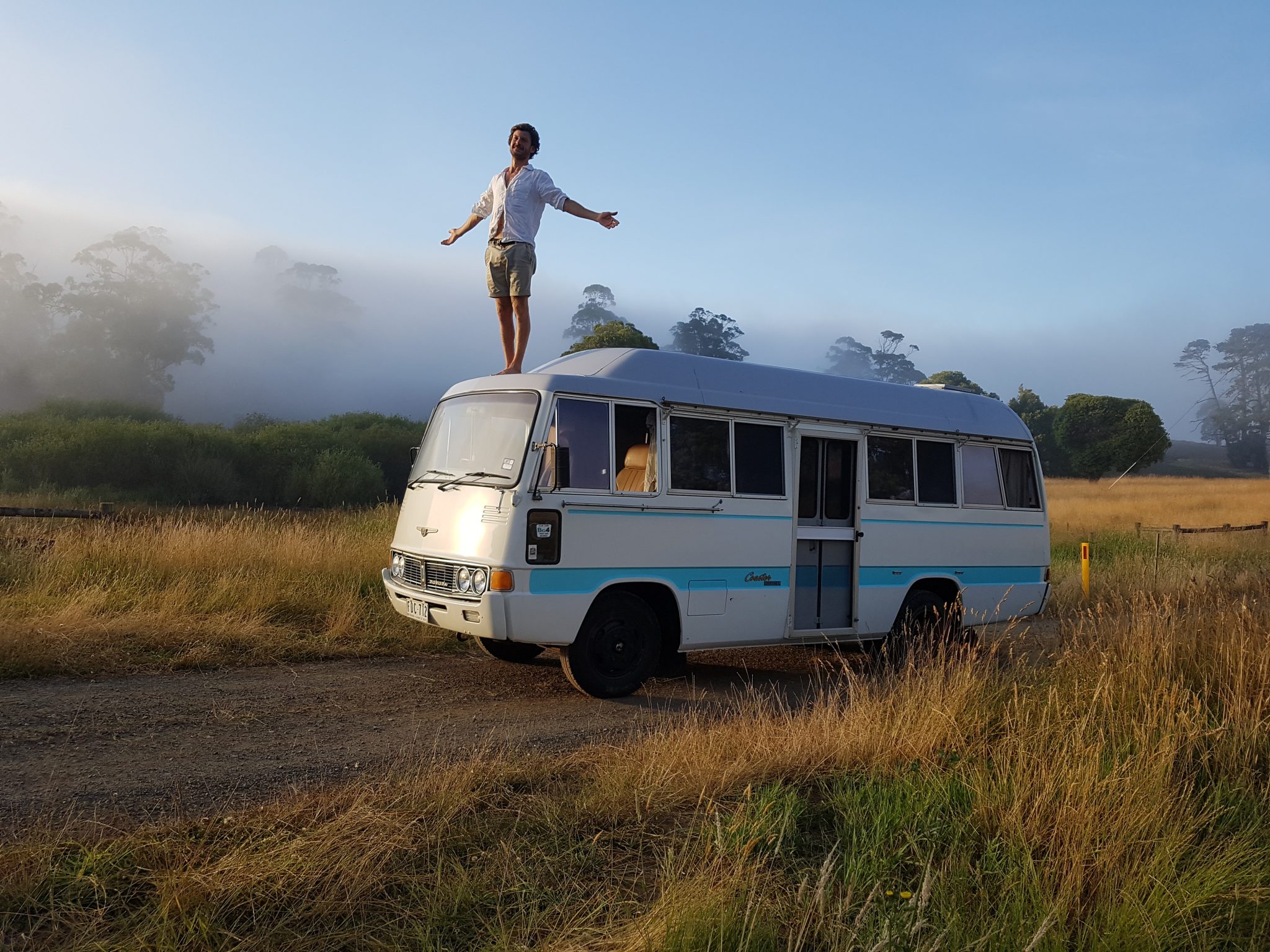Clare Graves found in his research that at a certain moment in their development, people can take an exceptionally big step, where fear of failure disappears, creativity increases enormously and these people are able to solve much more complex problems than before.
Whether we like it or not, fear plays a big role in our lives.
Fear is important and wanting to get rid of it completely is not such a good idea.
Fear is one of the innate basic feelings that are available as neurobiological programs to support our development.
Fear is one of the most elementary feelings. It helps to secure our physical existence.
Have you ever experienced a really threatening situation? For example a dangerous
Manoeuvres on the highway?
Have you noticed that you have already taken action before you have felt the fear and consciously grasped what exactly is going on?
Fear is lightning fast, faster than any thought and has direct access to the survival instinct that has matured over millions of years and is inherent in each of us. Fear is extremely intelligent and very efficient when it comes to acting cleverly in a real physical threat. Fear, and I mean “real fear” here, arises when these questions must be asked and answered urgently:
“Am I safe here?”
“What do I have to do to be safe?”
Fear helps us wake up, be present here and now and tackle the problem immediately.
Perhaps this is why Greta Thunberg called on the European Commission with the words:“I want you to panic” to open its eyes, face the challenge and finally take action.
Panic is a heightened form of fear, thus the correct feeling to be activated to bring us all to safety.
OK, so far so good.
But why is this article called “The Art of Losing Fear”, when fear is helpful, meaningful and urgently needed?
Well there are various fears.
What I mean by real fear is the feeling that floods us when we get into a concrete threatening situation.
Fortunately, we relatively rarely experience such real, physically dangerous moments.
But all the time an unconscious, “imaginary” fear controls us. It challenges us to avoid things, to save face, to be adapted and functional even when we neither want to nor can.
Examples of such fears are:
The fear of being rejected – when we question the meaning of the work,
The fear of losing our jobs and ultimately becoming impoverished or even starving – if we do not want to or cannot participate in the madness of growth competition,
The fear of being smiled at – if we dare to think outside the box
The fear of failing – if the complexity of life continues to increase,
The fear of forfeiting our lives – if we carry on as before…
This “imaginary fear” is fundamentally different from real fear:
When a hungry tiger heads towards you snarling his teeth,you don’t need to think to grasp the seriousness of your situation.
Imagined fear, on the other hand, always requires thought processes.
They think, but not consciously, creatively and solution-oriented, but rather automatically, repetitively and problem-focused. It is an unconscious, unreflected thinking, which is mostly rooted in stored unprocessed traumas and takes place involuntarily.
With this kind of thinking you formally create the problems and hold on to them. The resulting anxiety can be generalized and gain the upper hand as a stress and panic disorder.
This kind of fear is very widespread. I would even go so far as to say that the whole of humanity is addicted to this imaginary fear. For most people their fear construct seemed and still seems so real that it became a real threat to the collective survival.
Fear like that doesn’t help, everyone knows that.
But how can it be resolved?
How does the art of losing fear succeed?
Now partly the answer is contained in the above description.
We lose the fear by becoming more conscious: becoming more aware of ourselves, our motives, our vision of life.
• We must ask ourselves and each other open questions.
Questions that help us wake up from the trance of unconscious thinking.
Questions that help us to explore and correct our behaviour and its hidden motives. For example:
What am I trying to achieve?
What do I want to achieve with this behaviour?
What would happen if I stopped and did nothing?
• We have to switch the autopilot of our lives to manual control and determine exactly where we want to go, why and in which way.
This means getting to know our innermost values and visions. For example:
What is the deepest longing of my heart?
What makes my heart laugh?
What are my gifts?
• We need to take time (especially when time seems to be completely lost) to really think our business through.
If we have the courage to ask ourselves:
What am I repressing?
What am I afraid of?
What’s the worst that could happen?
And what would be worse than that?
At some point in the development of our consciousness we lose the fear all by itself.
Most often it is accompanied by a profound experience of our true identity. When we lose the fear, we suddenly know that we are precious, loved and cherished as we are.
We can bring about this state consciously by asking these questions in the face of a problem:
If I knew that I am precious, loved and cherished as I am, what would I do in this situation?
How would I act?
What wouldn’t I do anymore?
Answer these questions and you have already moved out of the zone of imaginary fear. Congratulations!
If you want to dive deeper, explore your values and visions and take big steps out of the zone of imaginary fear, contact us!
We have real maps, compasses and lots of clever questions ready!





